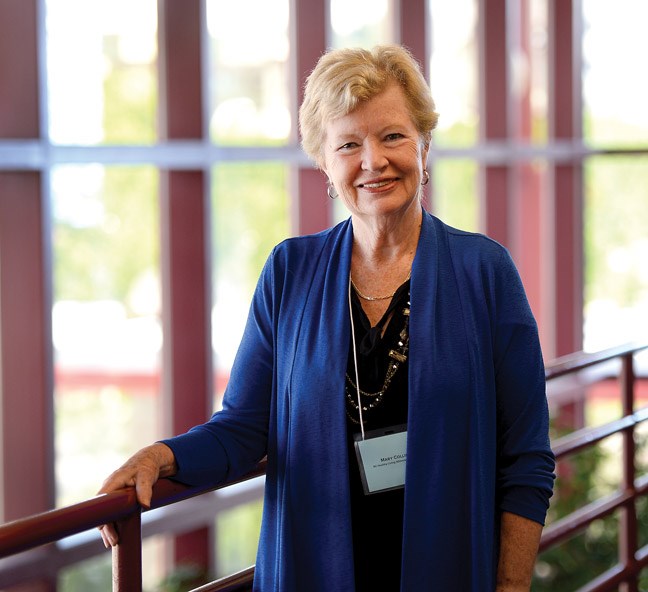A path to improve men's health should start with the workplace, challenge masculinity ideals, invoke peer support and develop strategies and language that specifically targets the gender.
These and a myriad of ideas were presented by medical experts at an event Monday to discuss why men fare so much worse than women and what can be done about their health.
Northern Health's former chief medical officer kicked off Men's Health Works, which was organized by the Healthy Living Alliance and the Centre of Excellence in Cancer Prevention.
"This is not something that can be fixed by education workshops," Dr. David Bowering told the 60 researchers, health professionals and community members that packed a room at the Prince George Civic Centre.
"It requires a real deep rethink."
He presented slide after slide showing men are more likely to die when it comes to cancer, tobacco, alcohol and suicide.
"The men need to catch up," said Bowering, who authored a 2010 Northern Health report that asked: where are the men?
The north accounts for one third of workplace deaths despite having seven per cent of the population in B.C. and men account for the vast majority - 94 per cent - of these fatalities. Women may have a glass ceiling, he said, but these men have a "concrete floor."
Even with these outcomes, men are far less likely to access health care.
Men, too, have restrictive gender role expectations, one that means men often "collude in a conspiracy of silence," he said.
Interestingly, women are often the best supporters of these health initiatives, he said. The majority of presenters were women at Monday's event, too.
When Bowering was with Northern Health, it launched a "manly looking" health website.
Fishing and camping imagery is splashed across the home page, which is set to a wood-panelled background.
"We try to push all the buttons," he said with a laugh. Bowering stressed small shifts, like making the greeting rooms at doctor's offices more user friendly. In an Australian example, a doctor would go to pubs to start conversations.
The idea is to "go where the men are."
The workplace
That means taking health to the workplace.
"That's an obvious in," he said, adding the idea that men don't care about health is a false stereotype. Men recognize they need good health in order to perform at work, and that includes preventative work.
"The link between health and safety is profound."
A group of panelists highlighted that point through workplace progams across the province: POWERPLAY is a competition-focused challenge that channels ideas of strength, fun and hockey; Working on Wellness (WoW) targets remote and rural worksites; and WellnessFits which offers options for both small and large businesses.
"The north is where so much of this action is taking place," said Mary Collins of the B.C. Healthy Living Alliance.
The key ingredients to a successful program are education, action and support, the panelists stressed.
That means having a champion on the job and buy-in from senior management. Iridia Medical sends paramedics to these sites, and its founder, Dr. Allan Holmes, said there is that interest from companies.
"What they don't know is how to do it," said Holmes, adding companies understand healthy workers are good for the bottom line, but they ask "How do I translate that on the ground?"
A lot of the northern employers are actually small business contractors, Holmes said, highlighting the need for easy-to-implement programs.
For the busy owner, they need "plug and play" type programs in order to make them possible. Iridia Medical has seen buy-in from employees too.
At one site, a blood pressure clinic brought in more than half of the workers. In another, healthy eating workshops are translating into an uptick in fruit and vegetable consumption.
While most of the programs focus on the body, Holmes said those approaches are often preventative strategies for mental health.
Depression
Men are three times more likely than women to die by suicide and yet are diagnosed at half the rate with depression.
It's what medical community calls a "discordant relationship," said University of British Columbia professor John Oliffe.
"We have to ask why that might be and what we can do about it," he said, adding those at highest risk are men between 30 and 59 years old.
How we acknowledge depression may not be gender sensitive, Oliffe said. For example Beck's Depression Inventory - a set of 21 multiple choice questions commonly used to diagnose depression - ignores some of the ways the disease might manifest in men.
The Gotland Scale for assessing male depression is less often used, and it queries stress, drinking level, irritability and tiredness.
That might play a part in the low rates of clinically diagnosed depression in men, Oliffe said. Oliffe also touched on ideas around masculinity and how they shift based on culture, age, place and history.
"It intersects differently," he said, stressing how that pressure to fulfill a role that demands toughness can be harmful in the long run.
"It's how people buy in and buy out of that script that matters."



